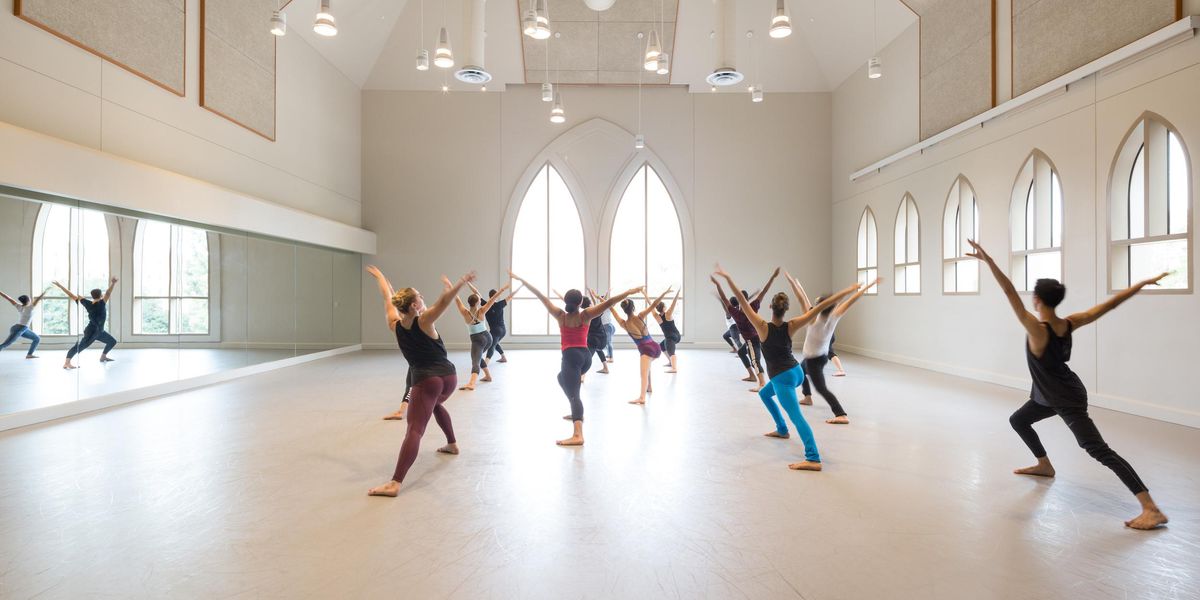Battle of the Bunions
Smart ways to deal with the pain, plus advice for managing spring fever and slippery floors
I’ve heard that removing bunions can wreck a dancing career. Is this true? My bunions are killing me and I rarely perform without pain. What should I do?
—Lauren, New York, NY
Occasionally, dancers with bunions may be able to return to performing after surgery. But these are the lucky ones. Most who have surgery to straighten a crooked big toe experience severe stiffness, ruining a normal demi-pointe. You also need to be wary of quick fixes to reduce inflammation (like nutritional remedies such as sipping strained water boiled with crushed bay leaves) as these strategies are rarely effective. Instead, dancers with bunions respond best to using toe spacers between the first and second toes, a wide dance slipper or pointe shoe and a doughnut-shaped pad around the bunion to relieve pressure. See your dance medicine orthopedic foot specialist for advice about how to manage your pain, while hopefully avoiding surgery. Operating on bunions is a bit like playing Russian roulette with your foot.
Wider pointe shoes and appropriate padding may help lessen bunion-related pain during pointework.
I was recently diagnosed with depression that acts up during the winter. My internist suggested I spend more time outside in the daylight, do aerobics to boost my mood and see a psychologist if necessary. I’m keeping it together by following his first two suggestions and staying busy performing. What I don’t understand is why the spring also makes me irritable. Wouldn’t the change of seasons help?
—Under the Weather, Philadelphia, PA
Assuming your doctor has ruled out any physical causes of depression, such as hypothyroidism, seasonal affective disorder (SAD) can indeed affect your mood (and performance) if you live in a northern state during the winter months. In fact, 10 to 20 percent of Americans suffer even mild cases due to less exposure to sunlight.
In terms of feeling moody in the spring, people with SAD seem to be especially sensitive to the extra sunlight that triggers the release of serotonin, the “happiness hormone.” In the past, you may have depleted supplies of serotonin due to your brain’s inability to properly release or absorb it, creating a hormonal imbalance that leaves you feeling fatigued, irritable and unmotivated during springtime’s transitional period. Or, you may feel a bit manic but unfocused during rehearsals and performances. Cognitive-behavorial therapy can help you deal with triggers associated with SAD-related spring fever, as can carefully administered melatonin supplements (similar to managing the winter blues). A healthy lifestyle, along with the support of family, friends or a therapist, should also be part of the solution. For more information, check out my article “How to Deal with the Effects of ‘Spring Fever,’ ” under Wellness Tips, at drlindahamilton.com.
My plan to audition for European companies has fallen apart after I lost my confidence at a Youth America Grand Prix competition. The floor was slippery, and I messed up a couple of steps in a role that’s one of my best. My teacher said it didn’t show, but how can I possibly get a job that might require touring? A professional dancer should be able to deal with challenges like slippery floors. I can’t!
—Unprofessional, Riverdale, NY
I think you’ve let a small problem build up in your mind into a mountain of insecurity. I don’t know one dancer who hasn’t had occasional difficulties with a slippery floor. The ability to keep going is what counted during your performance. Mental skills can also help your confidence in the future. For example, try to stop engaging in catastrophic thinking, where you magnify the importance of a few missteps while downplaying your assets (even you believe you can nail the role). Instead, nip this self-defeating thought pattern in the bud by substituting a constructive statement about touring. You might say to yourself that unpredictable floors affect all dancers, but it’s still possible to take precautions.
Then, follow the example of many professionals who use box cutters or cheese graters on the soles of their shoes to create better traction. Rosin can also help when used in moderation. Additionally, your dance company may bring its own portable floor with a special vinyl covering to deal with this matter. Remember: Part of the excitement of a live performance is that anything can happen, including magic.
Send your questions to:
Dr. Linda Hamilton
2000 Broadway, PH2C, New York, NY 10023
e-mail: [email protected]
Former New York City Ballet dancer Linda Hamilton, Ph.D., is a psychologist in private practice, the author of Advice for Dancers (Jossey-Bass) and co-author of The Dancer’s Way: The New York City Ballet Guide to Mind, Body, and Nutrition (St. Martin’s Griffin). Her website is drlindahamilton.com.




